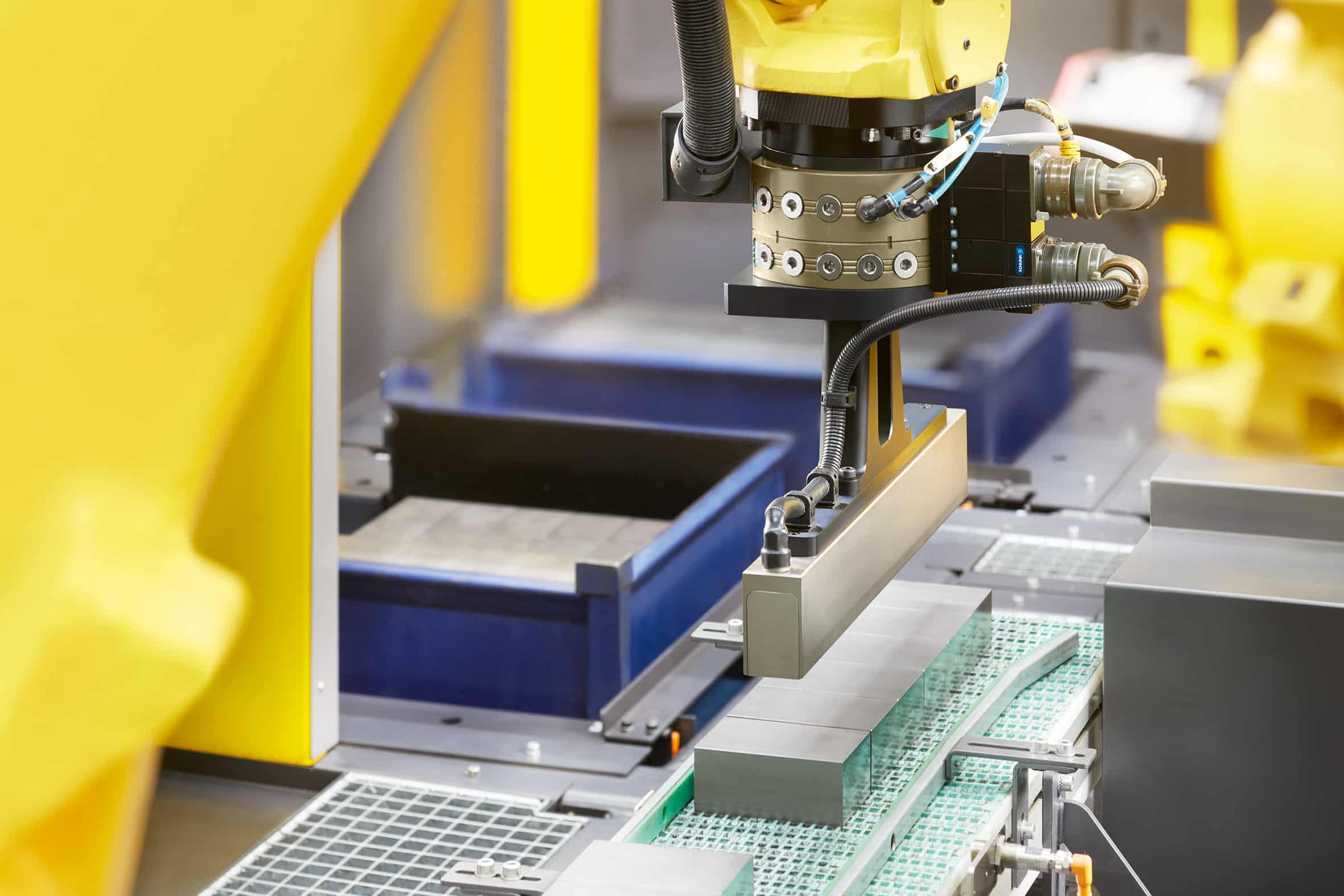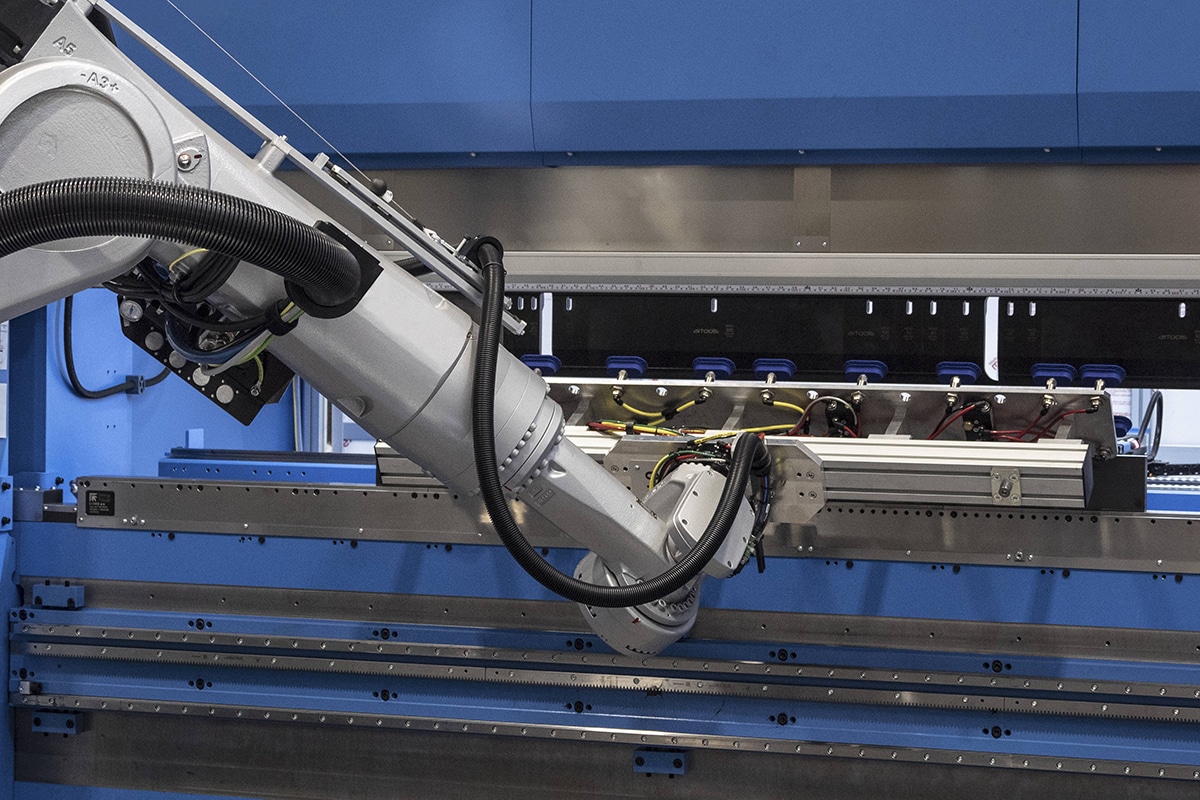
All about how manometers work
A pressure gauge is used for measuring pressure of gas, liquid or air. The most common types use the tubular spring principle (Bourdon) and indicate the pressure via a needle stroke on the dial.
In many systems, measuring pressure is incredibly important to monitor process quality and to detect a leak or pressure buildup. Before you purchase a pressure gauge, it is important to know more about how they work. Read everything you need to know about how they work in this article.
What are the basic principles of pressure (measurements)?
Pressure is a unit that indicates the amount of force exerted on a surface. The SI unit of pressure is Pascal (Pa), but bar and atmosphere are also sometimes used. One Pascal is equal to the force of 1 Newton exerted on a surface of 1 m2. Static pressure is uniform in all directions when measuring liquid or gas. Thus, the force pressure exerted by a stationary gas or liquid is the same at every point.
With moving air pressure, additional pressure is applied in the direction of flow. This is also known as dynamic pressure. The total pressure of a stream, or stagnation pressure, is the sum of the dynamic and static pressures in that stream. When a pressure gauge is positioned in the direction of flow then the total pressure of the flow is measured.
Safety of pressure gauges
For maximum safety, according to EN 837-2, it is recommended to choose a pressure gauge where the maximum working pressure is lower than 75% of the maximum scale value for constant pressure. For cyclic pressure, 65% of the maximum scale value should be chosen for safety reasons.
Is a pressure gauge used to measure pressure in hazardous media such as acetylene, toxic substances, oxygen or flammable substances? Then it is necessary to choose one with additional safety measuresn. For example, consider a pressure gauge with a blowout function. In case of possible leaks or bursts, the blow out function on the back of the pressure gauge prevents injury to anyone on the front of the gauge.



